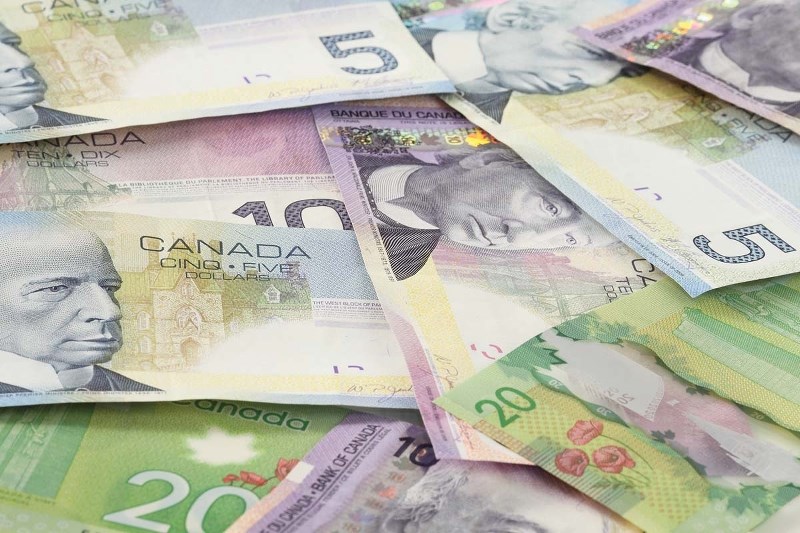More than $83 million was sitting in the city’s reserve accounts at the end of 2014.
That’s a nearly $50-million increase from the $34.5-million that was in reserves at the end of 2008.
Mayor Nolan Crouse recently shared a chart that illustrated reserve accounts have grown while the long-term debt has decreased to $49.2 million on Dec. 31, 2014 from $71.7 million at the end of 2008.
The city’s first-quarter report of 2015 showed the reserves were at $83.9 million on Jan. 1 and had grown to $109.5 million by the end of March.
The reserves are split between municipal capital funding reserves and utilities reserves.
Crouse points out there are about 37 different reserves, many with specific uses, such as a reserve to replace transit vehicles.
But of that money, there is $23 million unallocated.
“It’s an enviable position that the city is in right now, to be able to have very low debt and a high reserve balance, of which $23 (million) is unallocated,” Crouse said.
The mayor said if there’s unallocated funds every year that might not be a good thing in the long term.
He predicted that council could soon find a use for those unallocated funds.
“My guess is at the end of this next budget there’ll be a project or something that takes that unallocated,” Crouse said, speculating that project could be a new arena, or improvements along Ray Gibbon Drive or a major water and sewer project.
A recent information request from Coun. Sheena Hughes asked staff to explain why the reserve balance jumped from $47 million at the end of 2012 to $73.9 million by Dec. 31, 2013.
The response said the big jump was due to money received from the province to pay for Ray Gibbon Drive and offsite levy receipts from developers.
The $10-million increase between 2013 and 2014 is due to utility projects that were approved but not completed in 2014, so the funds are still there, as well as offsite levy receipts and $1.3 million in new reserves.
Utilities and finance director Diane McMordie said that the timing of projects influences the levels. For instance, if a project was approved and the funds committed but not spent yet, that can help bump up the totals.
Crouse acknowledged he’s been a proponent of low debt and has a goal for the city to be debt free during his time as mayor.
“With that philosophy comes tension, in the latest case paying for utilities as we go, not borrowing money,” he said.
Crouse says he gets an ongoing critique that taxes are too high.
“One of the ways you can keep taxes lower is to not take on debt,” he said. That’s because residents would have to pay debt-servicing costs in the future.
A “real purist” might argue there’s too much in reserves, he said.
Others believe that borrowing is the way to go, especially with today’s low interest rates.
The growing tendency of municipalities to build up reserves for years in advance of a purchase can be unfair to current taxpayers, according to a 2013 paper on capital expenditures for the Manning Foundation penned by Harry Kitchen.
“Most cities have moved towards greater reliance on reserves for replacing assets such as buildings, facilities, vehicles and equipment but the use of reserves violates the principle of intergenerational equity because current users and taxpayers pay for capital expenditures that will be used by future generations,” Kitchen wrote.
Crouse said if future councils continue with the low to no debt policies for 10 more years, St. Albert will be a “cash as you go, no debt corporation.”




